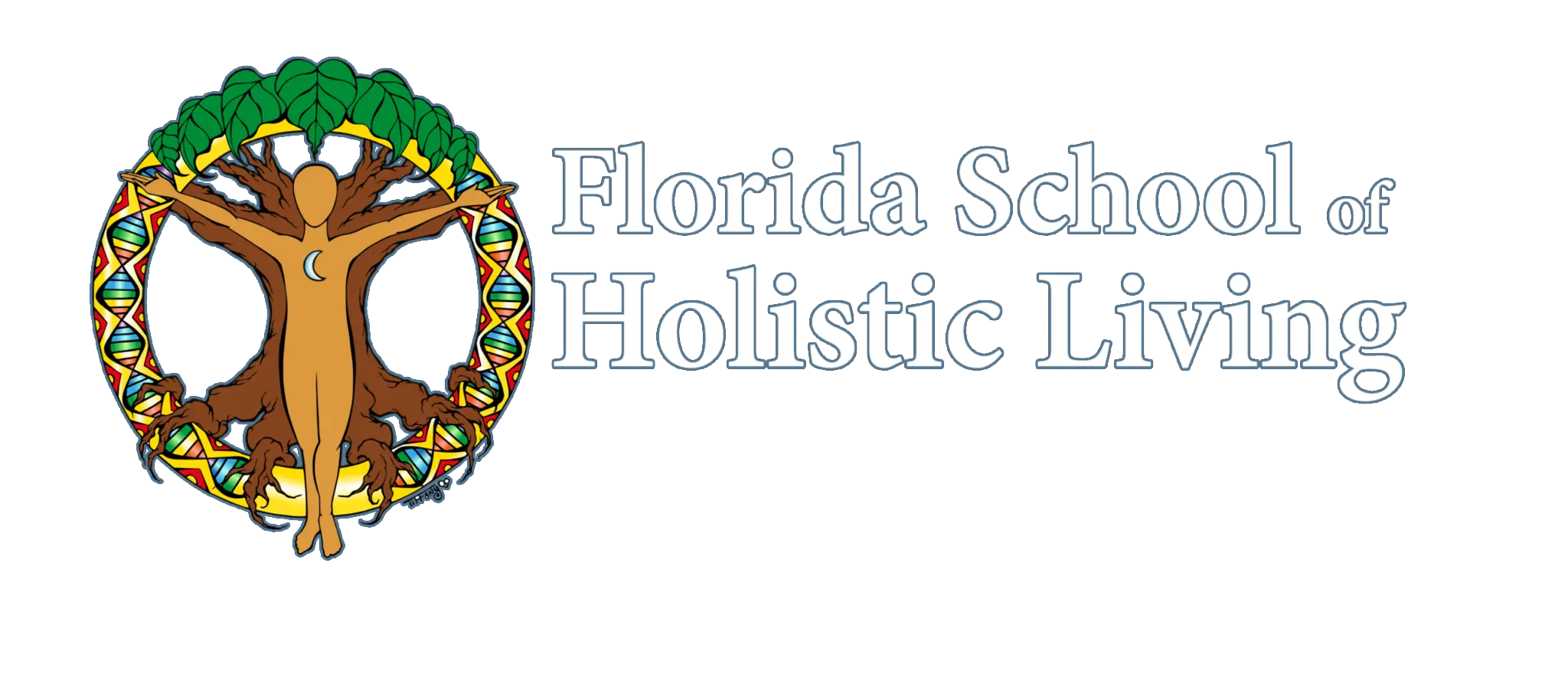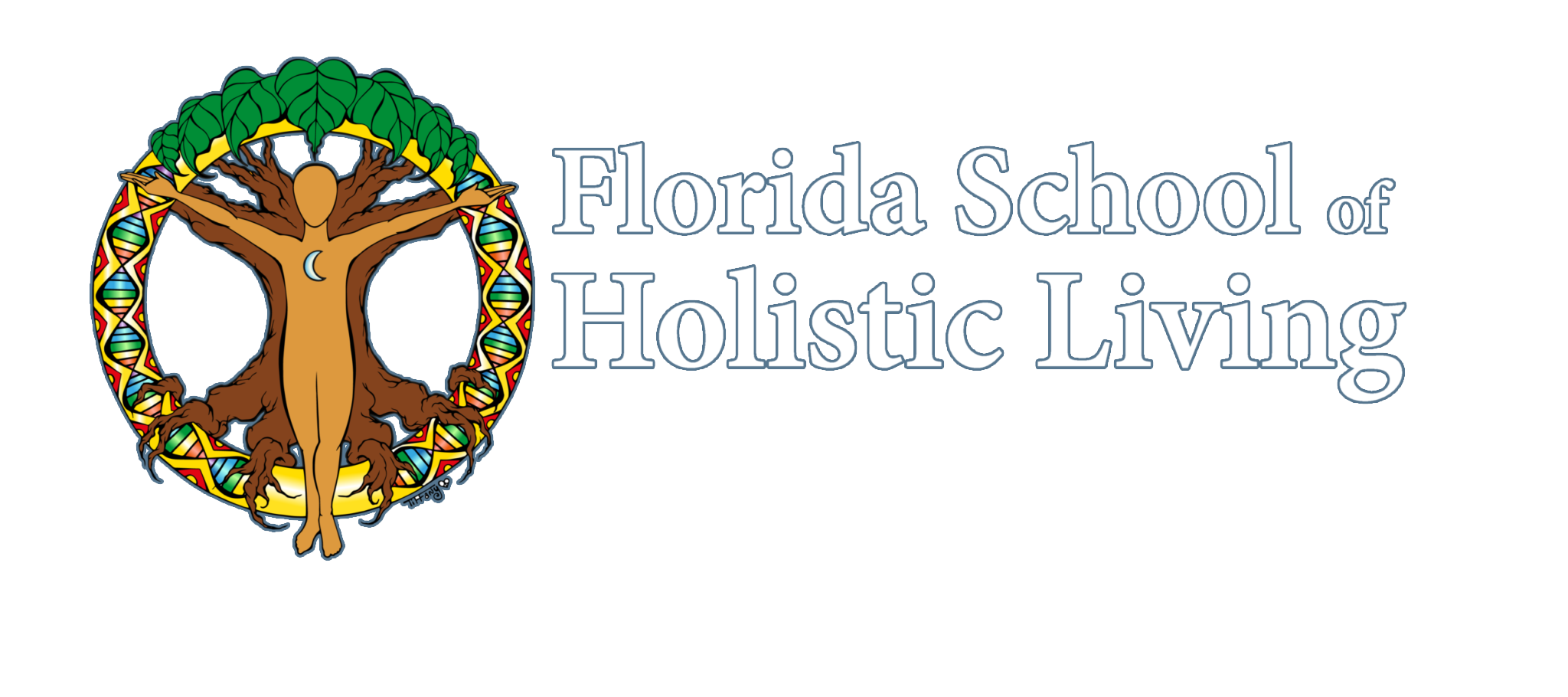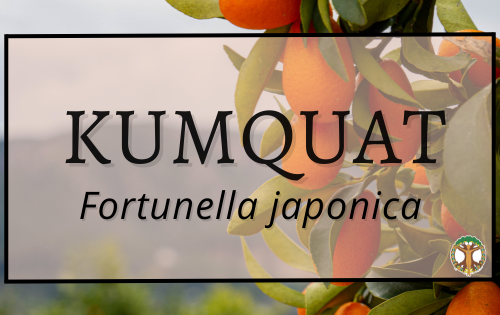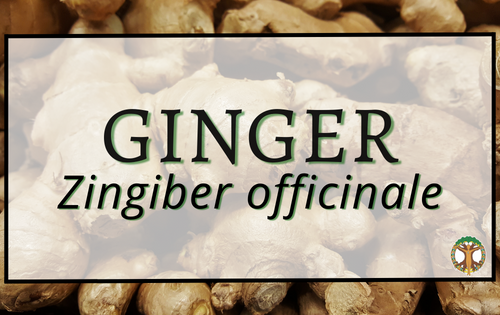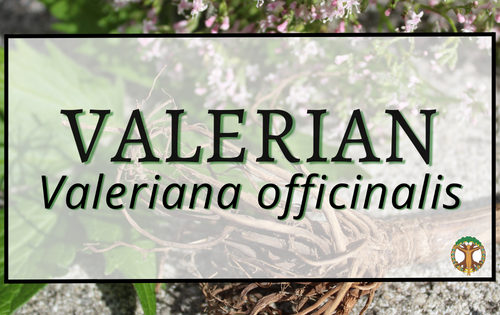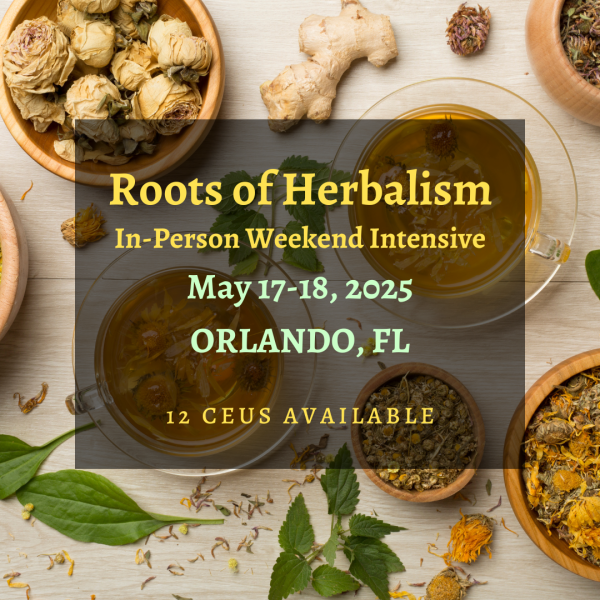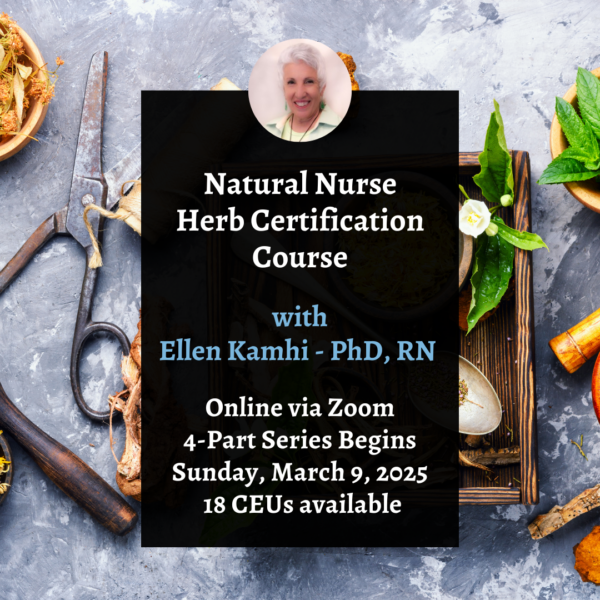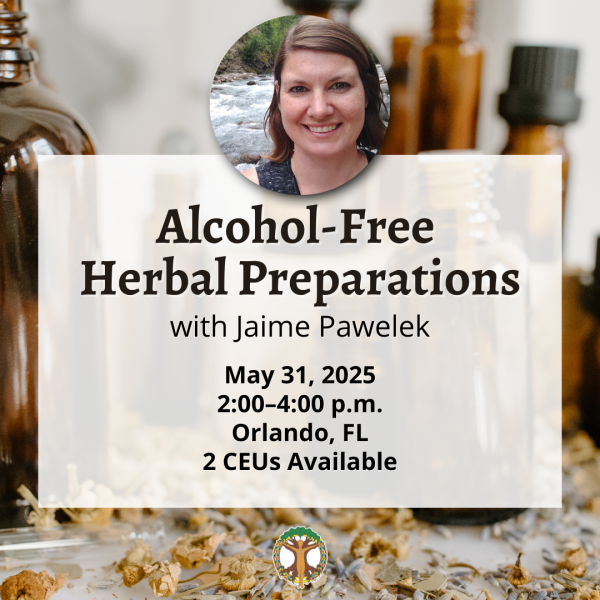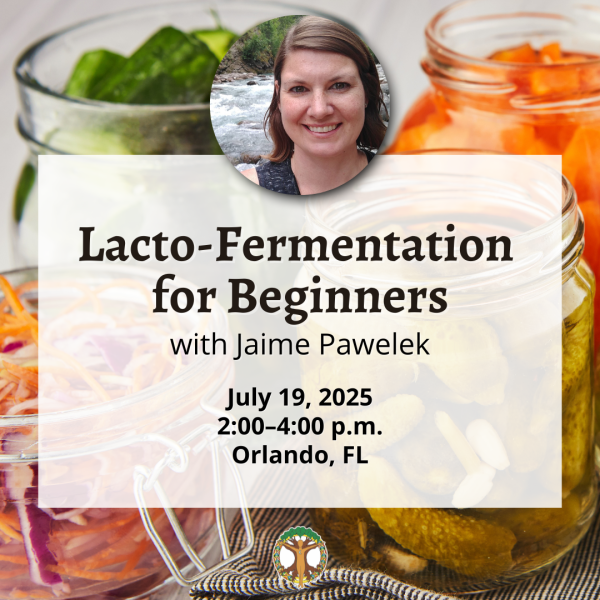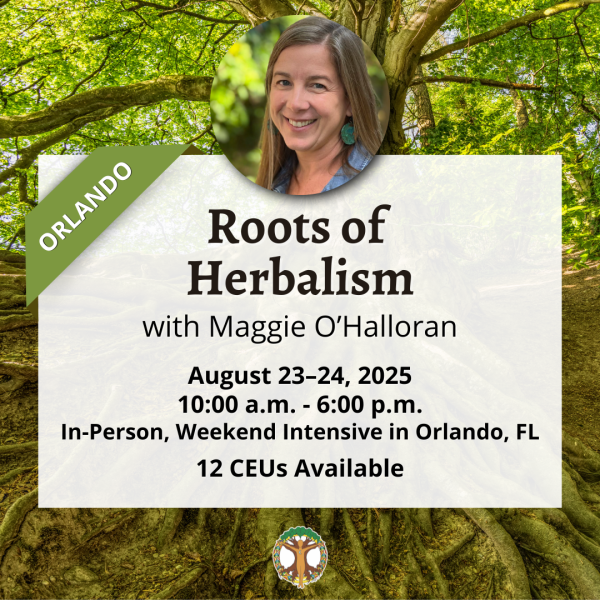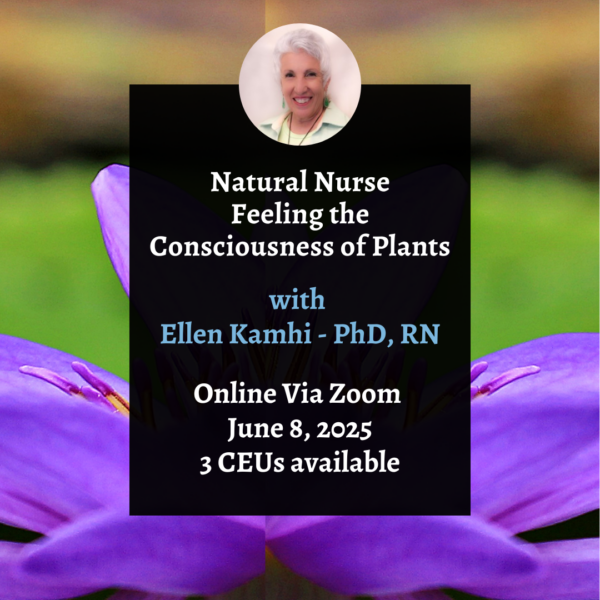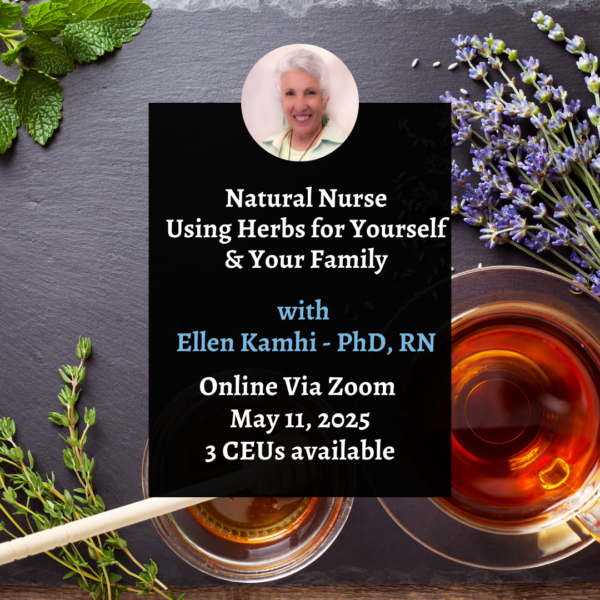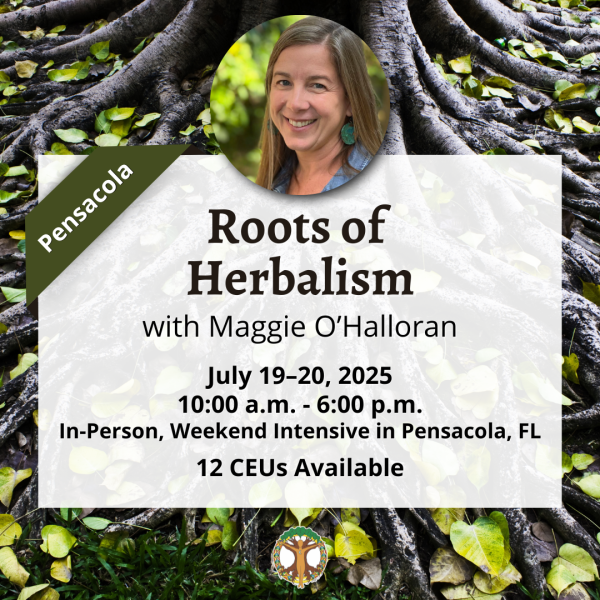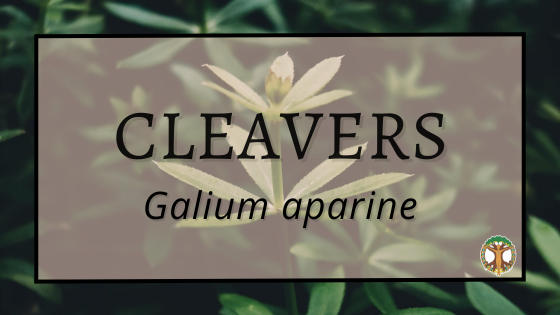
Cleavers
Latin Name: Galium aparine
Common Names: cleavers, clivers, catchweed, robin-run-the-hedge, goosegrass, sticky willy, bedstraw, grip grass, velcro plant, whippysticks, rennet herb, lady’s bedstraw, sticky bobs
Family: Rubiaceae
Habitat: Cleavers are native to Europe, North Africa and Asia, but have become naturalized in the Americas. It can be found growing in gardens, disturbed areas, and in moist, shady low and mid elevations. It can be found in Central Florida, north, and throughout the panhandle. Cleavers have sprawling square stems that cling to adjacent plants using their hooked hairs and in the absence of other plants, they form a mat hugging the ground. Its thin, linear shaped leaves are 0.5-3” long and form a whorl around the stem of 6-8 leaves. Flowers form on the branchlets that attach to the leaf joints and usually have between 3 and 5 small whitish blooms. The best time to harvest is when the plant has started to bloom, just be careful when disentangling it from whatever it is growing on.
Parts Used: whole, matted herb, all aerial parts including flowers
History/Tradition: Used as a dye to color Scottish tartans as well as to color cheeses. Historically, it has been used to treat bladder and kidney inflammation, dropsy, kidney stones and fever. Other species of Galium have been used traditionally by native people to treat the flu, coughs, hoarseness, asthma, and respiratory problems, as well as for making dyes.
Energetics: cooling and drying, salty and sweet
Indications: Cleavers is a spring tonic herb and is especially aligned with the lymphatic and urinary systems. It can help to lessen heat in the lymphatic system, and is useful for hot conditions like rashes, eczema and psoriasis. It is also used as a diuretic helping to clear deposits from the bladder and kidneys, as well as soothing inflammation in the bladder, urethra and urinary tract, or when urination is painful due to obstructions, infection, or inflammation. Cleavers can be used externally as a wash or poultice to help treat poison oak/ivy, sunburn, blisters, sores, psoriasis and other types of skin eruptions. An oil can also be made with dried cleavers and then made into a salve or lotion to help with swollen glands, complexion, and nodular growths on the skin.
The fresh or dried herb can be used to make either an infusion or tincture, but fresh herb, when available, is always preferred. Richo Cech advises to protect cleavers from bruising during the harvesting process and to spread thinly on drying screens with good air flow and mild heat for the herb to dry within 2 days. He also suggests that the best way to preserve cleavers is to make a succus, which is a combination of 1 part alcohol by volume to 3 parts plant juice by volume. He also states that boiling cleavers destroys the plants medicinal value, so he suggests using warm water for infusions, or making a cold infusion instead.
Systems: lymphatic, urinary, integumentary
Actions: diuretic, anti-inflammatory, kidney tonic, lymphatic, alterative, demulcent, astringent, antioxidant
Cautions: None known
Constituents: plant chlorophyll, citric acid, coumarin, iridoid glycosides (asperuloside and rubichloric acid), plant acids (caffeic, gallic, salicylic), tannins, phenols, flavonoids
Culinary Use: A cold infusion of fresh cleavers has a delightful, green, grassy, cucumber like flavor. The seeds can be roasted and made into a coffee-like beverage and even contains a small amount of caffeine.
Other Uses: The name bedstraw comes from the fact that it has been used as bedding due to the plants ability to form thick straw-like mats, which were used to stuff mattresses. Cleavers have also been used as a plant dye where the flowering tops produce yellow dyes, and the roots yield red.
References:
https://en.wikipedia.org/wiki/Galium_aparine
https://florida.plantatlas.usf.edu/plant/species/3883#classification
Pacific Northwest Medicinal Plants: Identify, Harvest, and Use 120 Herbs for Health and Wellness by Scott Kloss. 2017. Timber Press.
Making Plant Medicine by Richo Cech. 2016. Herbal Reads LLC.
Florida Ethnobotany by Daniel F. Austin. 2004. CRC Press.
Written by Jaime Pawelek

